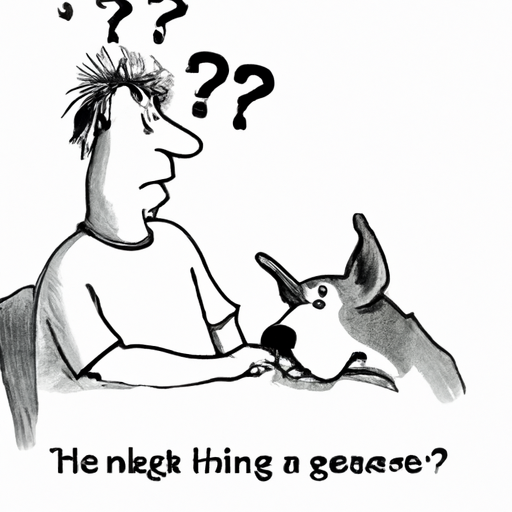Dogs communicate in more ways than just barking or wagging their tails. They use their entire bodies to express their feelings, needs, and desires. One of the most expressive parts of a dog’s body is their ears. If you’ve noticed a change in your dog’s ear position and wondered, “what does it mean if a dog’s ears are back?“, you are not alone. This article aims to demystify canine body language and provide insight into what your furry friend might be trying to convey.
- Table of Contents
- Understanding Canine Body Language
- The Significance of Ears in Dog Communication
- Interpreting Canine Ear Positioning
- What It Means When A Dog’s Ears Are Back
- Role of Breed and Individual Differences
- How to Respond
- Frequently Asked Questions.
- Key Takeaways
- Dogs use their bodies, especially their ears, to communicate.
- A dog’s ears pulled back can signify several emotions, from fear and submission to happiness and relaxation.
- Breed and individual differences play a role in interpreting canine body language.
- Responding appropriately to your dog’s body language is crucial for their welfare and your relationship.
Understanding Canine Body Language
Dogs are non-verbal creatures who rely heavily on body language for communication. Just like humans, dogs express their emotions and intentions through physical cues. The position of their ears, tail, and body posture can provide valuable insight into their mental state. According to the American Society for the Prevention of Cruelty to Animals, understanding these cues is essential for nurturing a healthy and happy relationship with your dog.
The Significance of Ears in Dog Communication
A dog’s ears are one of the most expressive parts of their body. They have over 18 muscles in their ears that help them move their ears independently. This movement allows them to express a wide range of emotions and intentions. For more information about the anatomy of a dog’s ears and their role in communication, check out this article on OneTopDog.
Interpreting Canine Ear Positioning
When interpreting your dog’s ear position, it’s important to consider the overall body language and the context. Here are the most common ear positions and their general meanings:
- Ears perked up and forward: This usually means your dog is alert and focused on something. They could be curious, excited, or sensing danger.
- Ears spread out to the sides: This can signify that your dog is feeling relaxed and comfortable.
- Ears pulled back: This can mean a variety of things, which we will delve into in the next section.
What It Means When A Dog’s Ears Are Back
When a dog’s ears are pulled back, it can signify several emotions:
- Fear or Anxiety: If your dog’s ears are flat against their head, and they are showing other signs of fear like a tucked tail or a crouched body, they are likely feeling afraid or anxious.
- Submission: Dogs pull their ears back and down to show submission or deference to a more dominant dog or human.
- Relaxation or Happiness: Interestingly, dogs also pull their ears back when they are relaxed or happy, usually accompanied by a wagging tail and relaxed body posture.
Role of Breed and Individual Differences
The breed of your dog and their individual personality also play significant roles in interpreting their ear positions. For instance, breeds with naturally floppy ears like Basset Hounds may not have as much ear mobility as breeds with pointed ears like German Shepherds. Individual personality traits can also affect a dog’s expression. Some dogs may naturally be more expressive than others. For more information on breed-specific behaviors, visit OneTopDog’s breed guide.
How to Respond
Understanding your dog’s body language is only half of the equation. Responding appropriately is just as important. If your dog’s ears are back due to fear or anxiety, it’s crucial to identify and remove the source of their distress, if possible. If they are showing submission, it’s best to give them space and approach them calmly. And of course, if they are relaxed and happy, feel free to shower them with affection!
Frequently Asked Questions
- Q: Can all dogs move their ears?
- A: Most dogs can move their ears to some extent, but the range of movement varies depending on the breed and individual dog.
- Q: How can I tell if my dog is scared or just relaxed when their ears are back?
- A: Look at their overall body language and the context. A scared dog will usually have other signs like a tucked tail or tense body, while a relaxed dog will have a loose body and wagging tail.
- Q: What should I do if my dog’s ears are always back?
- A: If your dog’s ears are always back and it’s not normal for them, it’s worth consulting a vet. It could be a sign of ear infection or other health issues. For more information on dog health, visit OneTopDog’s dog health section.
Remember, your dog’s body language is their primary means of communication. By learning to interpret these signs accurately, you will not only deepen your bond with your dog, but also ensure their emotional and physical well-being. After all, there’s no better feeling than knowing you’re completely in sync with your furry best friend.



